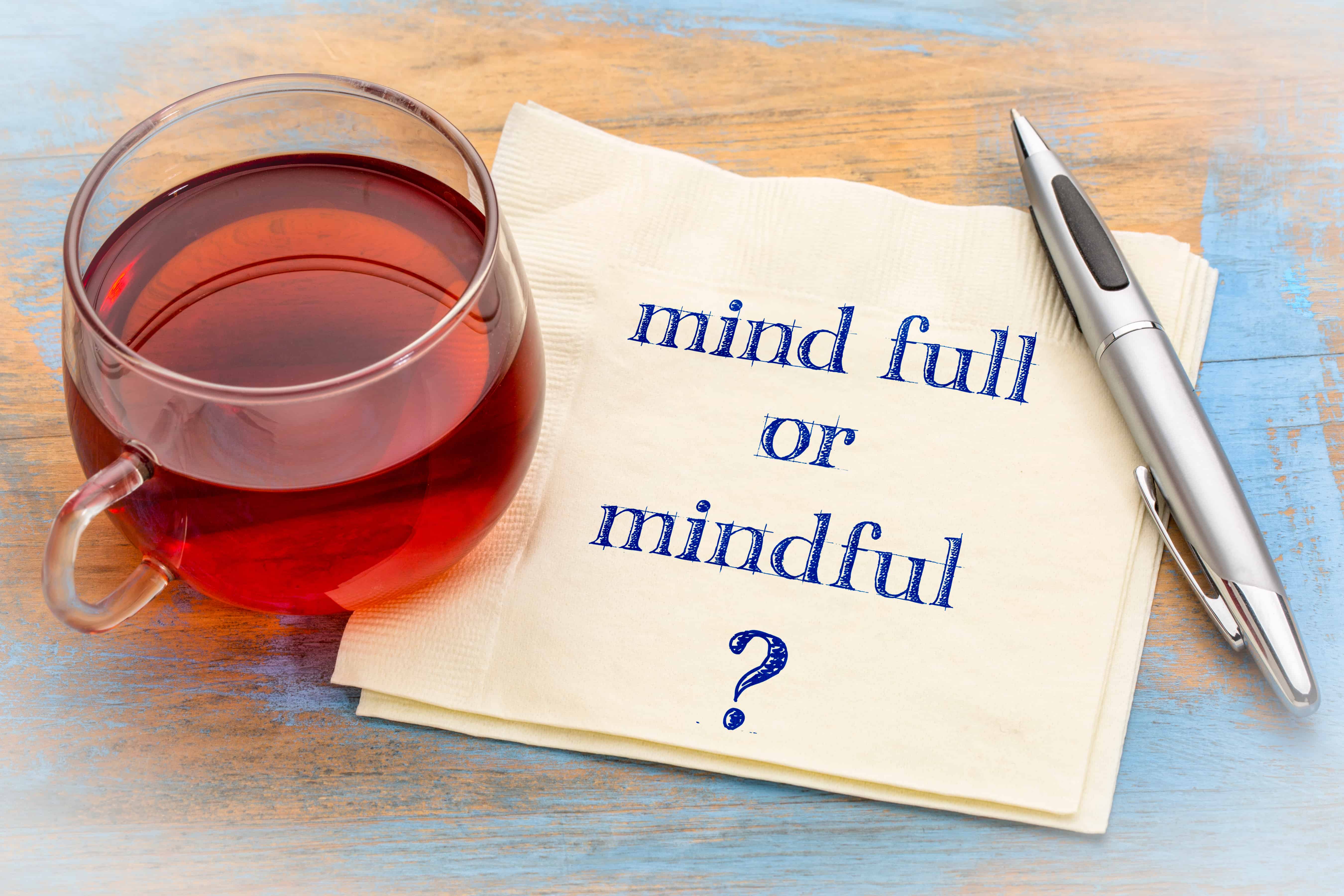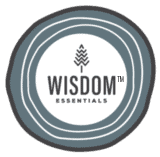A Beginner’s Guide to Mindfulness

Mindfulness is all the craze these days, but what is it really? A world-renowned expert, Jon Kabat-Zinn, defines mindfulness as “Paying attention in a particular way: on purpose, in the present moment, and non-judgmentally.”
This “non-judgment” piece is arguably the most important aspect of mindfulness, especially for us modern midlifers. Although we may not shy away from a challenge, it can be difficult to avoid comparing our current selves to our past selves.
There is no perfect way to practice mindfulness, no standard or rules against which to measure yourself. For instance, if your mind happens to wander to all the things you have to do later that day, it is not about ‘returning’ or ‘coming back’ your focus to the present moment, but rather about acknowledging it and moving forward gently, and repeatedly.
What are the benefits of mindfulness?
It is widely known that how a brain ages depends on a number of factors, from diet and physical activity to lifestyle choices and education. Staying mentally sharp in your modern midlife involves a combination of these activities.
Engaging your mind and body, therefore, increases the likelihood that you will maintain cognitive performance over time. Specifically, scientists believe that strengthening the neural or cognitive reserve, the cognitive processing that exists in the normal healthy brain, will ultimately help resist age-related damage to the brain.
In comes mindfulness. Extensive research has shown that mindfulness practice helps develop a healthier brain, enhance your emotional state, and improve your physiological health– overall supporting your neural reserve. Some examples include:
- Changes in brain regions involved in learning and memory, emotion regulation, and perspective-taking. (Massachusetts General Hospital)
- Reduced stress, increased self-compassion, and improved quality of life. (International Journal of Stress Management)
- Increased positive emotions. (Journal of Personality and Social Psychology)
- Reduced risk for mortality and stroke in heart disease patients, lower blood pressure. (Medical College of Wisconsin and Maharishi University)
How can you practice mindfulness?
Mindfulness can be practiced in a number of different ways. The most common practices include meditation and journaling.
Meditation
Mindfulness meditation involves learning different meditation techniques and practicing these. These skills include breath focus, labeling, loving-kindness, and so on. These practices lead to a heightened awareness of your emotions, your body, and your surroundings, allowing you to increase focus in the present moment.
In fact, mindfulness research suggests that regular meditation practice can actually offer powerful tools to boost your neural reserve and combat age-related cognitive decline.
The beautiful thing about our world today is that there is a place for everyone, beginner or not. Mobile apps like Balance and Headspace are wonderful if you are just starting out on your mindfulness meditation journey.
Journaling
Journaling, or writing of any kind, encourages translating your most complex thoughts into words and truly reflecting on your emotions. It builds self-awareness and understanding, making it easier to articulate yourself to others.
Mindfulness journaling can be done with a number of goals in mind. For instance, gratitude journaling involves writing down a few things that you are grateful for from that day, that week, or in your life in general. Gratitude is known to help foster positive emotions and reduce stress.
Another example might be a weekly reflection where you write to reflect on your week: What made you happy? What are you working on or moving toward? What can you do to make next week great?
Then, of course, you could write freely. Start writing about whatever is on your mind, even if you think you don’t have anything to write about.
In the end, mindfulness is a personal journey to reach a greater awareness of your mind, body, and spirit, within yourself. After all, this is why you call it ‘practicing’ mindfulness. You are always learning, improving, and getting better. How are you beginning your mindfulness journey?

